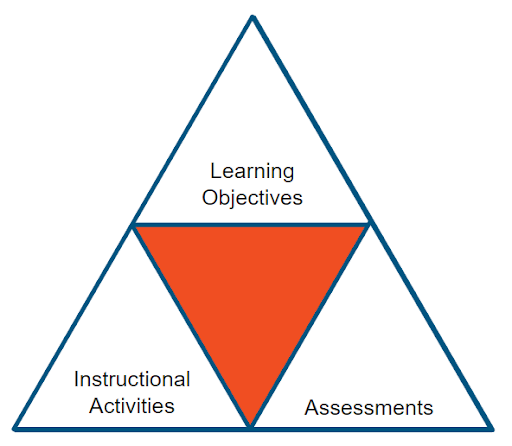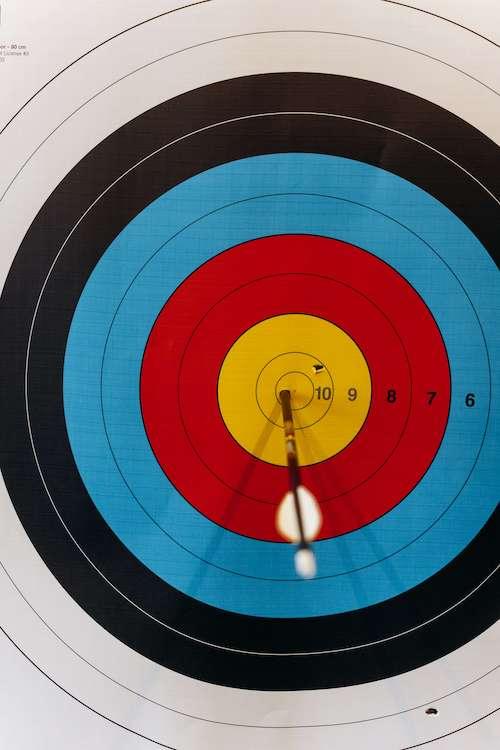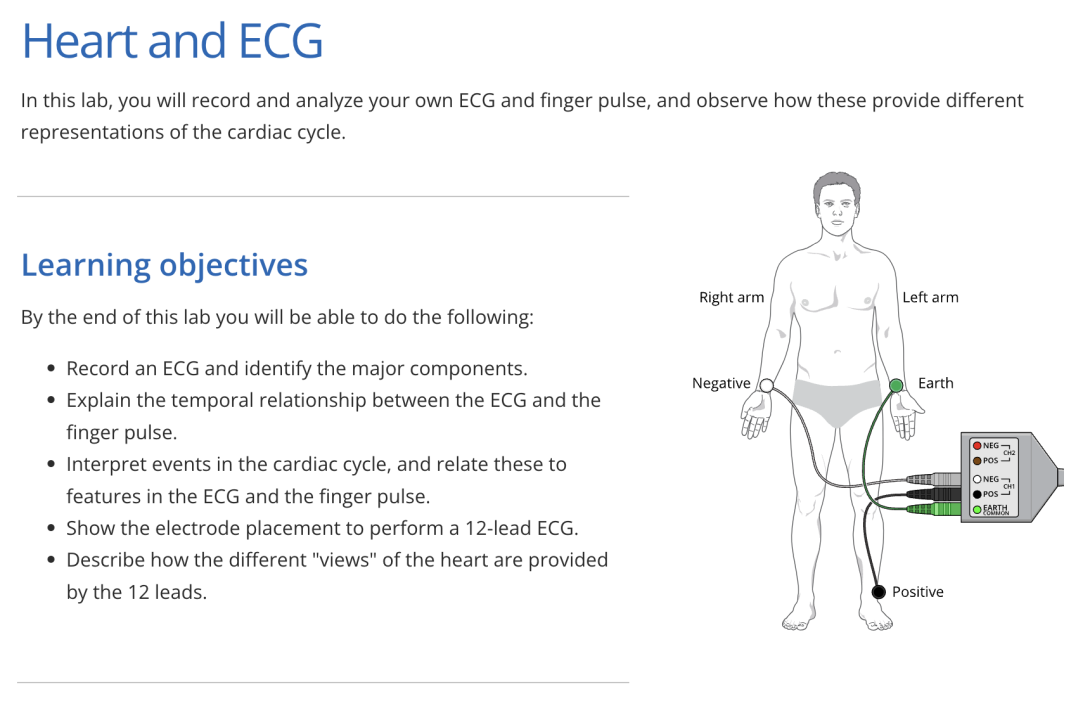Designing a course that maximizes student engagement and facilitates learning is vital to instructional success. In this blog, we will explore the concept of backward course design, its benefits, and how educators can implement this strategic approach to enhance student outcomes.
Interested in pedagogy? Register for our next interactive session for educators on active learning (July 25th 2023 EDT), and sign up to be notified about events in our ongoing virtual Lunch & Learn series.
What is backward course design in education?
Backward course design is an instructional design approach that prioritizes learning goals and outcomes before planning instructional activities and assessments.
Instead of starting with content delivery, educators begin by identifying the desired learning outcomes and then work backward to determine the best instructional strategies, activities, and assessments to achieve those goals.

Three elements of backward course design: learning objectives, instructional activities, and assessment.
Benefits of backward design
Alignment with learning objectives
By starting with clearly-defined learning outcomes, backward course design ensures that all aspects of the course, including activities, assessments, and instructional materials, are aligned with the desired goals.

Backward design lets you focus on what students need to learn before building out your course activities.
This alignment enhances instructional coherence and increases the likelihood of achieving intended learning outcomes.
This can also encourage students to be accountable for their learning and engage in activities by seeing the value and intention of activities.
Student-centered learning
The backward design model places a strong emphasis on student engagement and active learning.
Educators can design activities and assessments that promote critical thinking, problem-solving, and application of knowledge, enabling students to become active participants in their learning journey.
Targeted assessment and evaluation
With backward design, assessments are purposefully designed to measure the achievement of learning outcomes.
By aligning assessments with desired learning goals, educators can gather meaningful evidence of student learning, identify areas for improvement, and make informed instructional decisions.
Implementing backward course design
Identify learning outcomes
There are certain standards that students must be able to meet according to the state, accreditation, or core competencies followed at their institution. Outside of requirements given by governing bodies, what other principles do educators take into consideration when creating learning objectives?
As discussed in our recent Lunch & Learn Session, we have compiled some other questions educators might ask themselves while creating course and learning objectives:
- What prior knowledge and experiences do students have?
- What are the students’ future goals?
- What is the purpose of students enrolling in the course?
- What communities are students a part of?
- What information on the topic is valuable to allow students to be active participants and understand mainstream conflicts in the field of study?
Considering these types of questions when backward planning allows a course to be designed with a student-centric perspective. Making content relevant to students’ experiences and goals may help encourage student belonging.
More resources:
Blog - How to format learning objectives to improve student learning »
Blog - The importance of student belonging in the sciences »
Plan assessments
Many practical logistics must be considered when writing and planning assessments. Educators often are concerned about balancing the quality of the assessment in truly measuring students’ understanding and the time that it will take them to grade the assessment.
Using principles from the backwards design model, the first question educators should ask themselves is “Does every question in my assessment correlate directly to a learning objective?”.
This key question allows educators to know that their assessments are targeted to planned objectives and also helps students better prepare for exams as there is transparency and clarity on the objectives of the course.

For example, labs and lessons in Lt all explicitly outline specific learning objectives at the start of learning. Subsequent assessment questions can then be aligned with these objectives.
Other questions to consider:
- What will best show that a student has accomplished the learning objectives?
- What accommodations will need to be made for students with disabilities?
- What implicit message does the assessment send students about the nature of science?
A recent study published in JACS Au discusses how, “if we primarily assess decontextualized skills and factual recall, then students are likely to infer that the purposeless execution of algorithms is the point of science.”
Design instructional activities
Once learning objectives and assessments are planned and designed, then instructional activities can be created. Educators should consider the best and most helpful way to get students from point A (the knowledge they come into class with) to point B (completing the course objectives).
It is also important to realize that students may take different paths in their journey to developing and building their own understanding, as students often start out with different experiences and have different educational needs.
How do students learn best?
There is a plethora of resources on this topic and many people researching this very question. We have listed a few resources below, but pedagogy is a great place to start. Advocating for professional development and training in best educational practices can be highly influential and drastically impact student success.
New research in teaching and learning is constantly advancing, including the incorporation of technology, inclusion and equity standards, importance of student metacognitive skills, and accessibility. Educators should be constantly learning themselves to stay informed on best practices for student learning.
Questions to consider when planning instructional activities:
- Do certain concepts need to be taught in a specific order?
- What prior knowledge is required for students to be successful in this activity?
- What resources are available to educators and students?
- Where do students most often find information and interact with relevant content?
- How do instructional activities teach metacognitive knowledge and metacognitive regulation?
- How do planned instructional activities meet the needs of individual students?
- Is this activity accessible to my entire student group?
- Does this instructional activity provide a structure that helps foster student belonging?
Focusing on accessibility and meeting students where they are in their learning journey can create an empathetic and safe learning environment for all students.
“Accessibility we create for one person can also lead us to broaden and expand accessibility for all.” (Dolmage, 2017).
Aligning all course assignments and assessments with learning objectives can encourage students to take control of their learning. The goals of courses should align with students' needs and encourage them to succeed. Making science easier to understand for the next generation of scientists starts in the classroom!